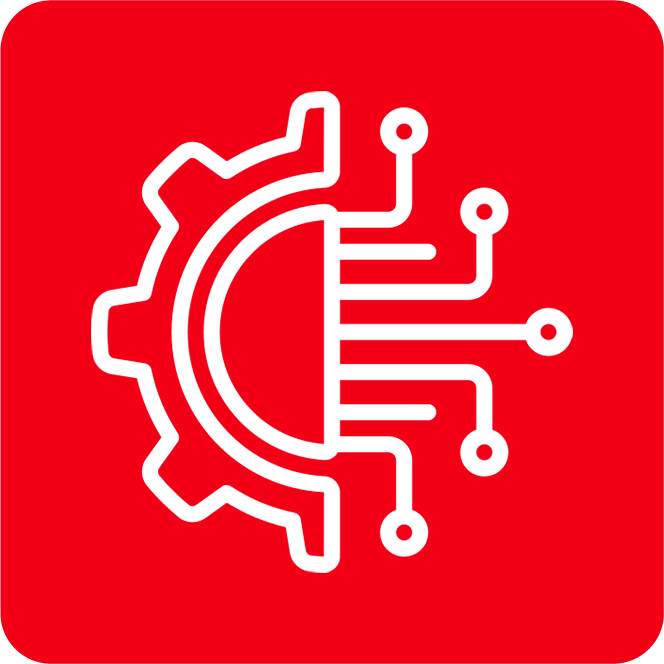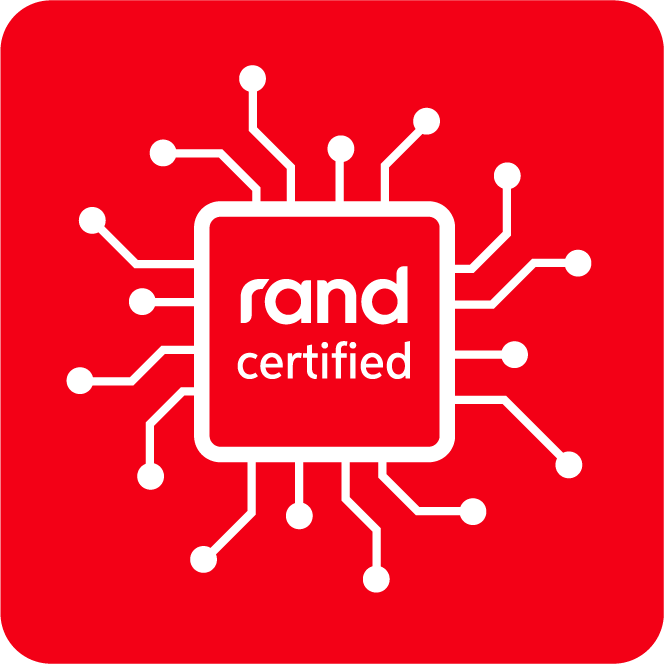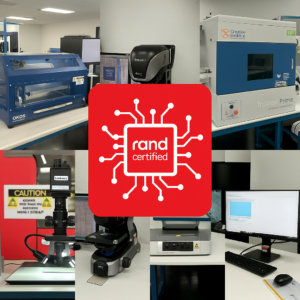The semiconductor industry is a complex and ever-evolving landscape. Integrated circuits and semiconductors are vital components in a wide range of products, from consumer electronics to medical devices. As a result, manufacturers face a constant challenge: ensuring a smooth and efficient supply chain.
In this competitive environment, even minor disruptions can significantly impact a company’s bottom line. Fortunately, at Rand Technology, we understand this ever-increasing demand. As the leading distributor in the industry, we utilize data analytics as a powerful tool for improving supply chain efficiency.
The Evolving Landscape of Semiconductor Supply Chains
This industry is a complex ecosystem with global reach. Each player, from chip designers and manufacturers to distributors and end-users, contributes to the final product. This interconnectedness creates opportunities and challenges.
Challenges
One of the biggest challenges in the semiconductor supply chain is ensuring consistent quality and timely delivery. Even minor disruptions at any stage can have a ripple effect, impacting manufacturers and, ultimately, the end-users. This is where data analytics steps in as a powerful tool.
Rand Technology’s long-standing relationships and extensive experience within the semiconductor market allow it to analyze data from a wider range of sources, including those not readily accessible to most other players. This comprehensive approach allows us to extract deeper insights into the entire supply chain, providing valuable advantages in forecasting, risk management, and supplier collaboration.
How Rand Technology Leverages Data Analytics
- Improved Demand Forecasting: Accurate demand forecasting ensures we have the right inventory levels to meet customer needs. Data analytics helps us identify trends, customer buying patterns, and market fluctuations, enabling us to precisely anticipate future demand.
- Enhanced Risk Management: As the recent Taiwan earthquake showed, the semiconductor supply chain is susceptible to various risks, such as natural disasters, political instability, and fluctuations in raw material prices. Data analytics allows us to identify and mitigate these risks by providing early warnings of potential disruptions and enabling us to develop contingency plans quickly.
- Stronger Supplier Relationships: Data analytics also allows Rand to track our suppliers’ performance, identify improvement areas, and negotiate better contracts. We can foster stronger collaboration and optimize the overall supply chain efficiency by providing insights into their production capabilities.
A Data-Driven Approach for Competitive Advantage
At Rand, we are committed to staying at the forefront of data-driven decision-making. By utilizing analytics, we can:
- Reduce Costs: Optimizing inventory levels and identifying potential disruptions can lead to significant cost savings for both Rand Technology and our customers.
- Improve Customer Service: Timely deliveries and consistent product quality enhance customer satisfaction and loyalty.
- Increase Agility: Data analytics allows us to react swiftly to market demand changes or unforeseen supply chain disruptions.
Conclusion
The semiconductor industry is constantly evolving, and data analytics has become essential for ensuring efficient and reliable supply chains. As a leading supplier, Rand Technology is committed to leveraging data analytics to optimize our operations and provide exceptional customer value. By working closely with our partners and utilizing the power of data, we can navigate the complexities of the semiconductor supply chain and deliver the high-quality integrated circuits our customers rely on.


















